“The colourful Dhokra artifacts that narrate mythological tales are very fascinating”
I was at the Raipur airport recently. This particular art piece attracted me as it was very vibrant and colourful. When I looked closely, I realised it was narrating a tale from the Ramayana!
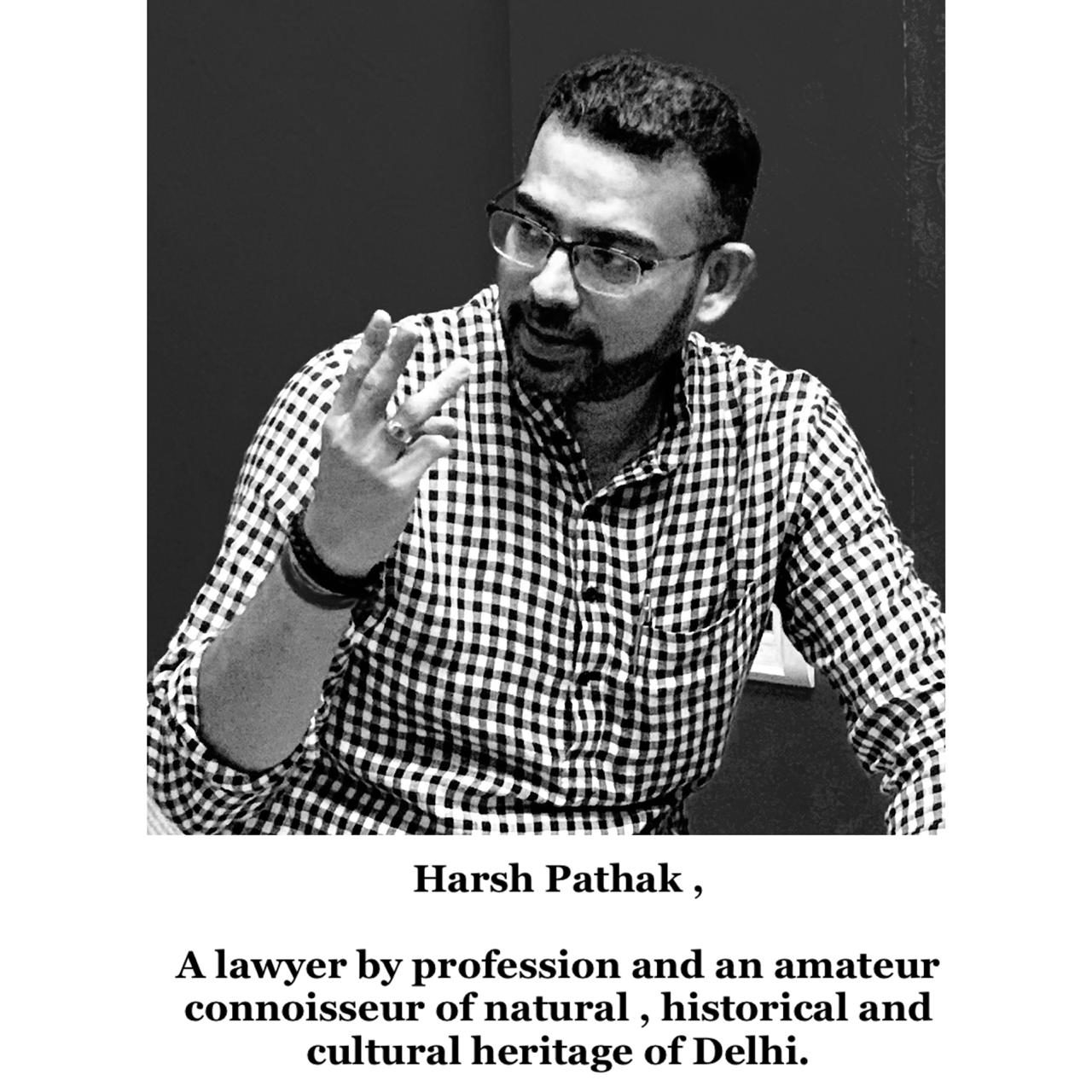
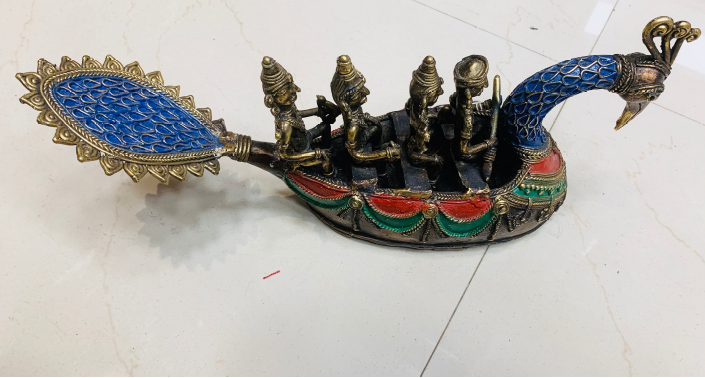
I was inspired to write this article after my recent visit to the Raipur airport in Chhattisgarh. Whenever I get time, I try to explore the artistic side of the modern-day airports in terms of architecture, landscaping, paintings and other artifacts.
At the Raipur airport, there were various statues and artform belonging to the Dhokra artform. This particular art piece attracted me as it was so vibrant and colourful. When I looked closely, I noticed a peacock-shaped boat with four persons on it; one carrying an ore, two carrying bows and a lady figurine. The artform was actually narrating a tale from the Ramayana!
This is how the story goes. When Lord Rama, along with Lakshman and Sita, were roaming around in the forest, they reached the Ganga river. They had to cross it. Guha, the headman of the village, who lived on the bank of the Ganga, had heard about the banishment of Lord Rama and came running to help him.
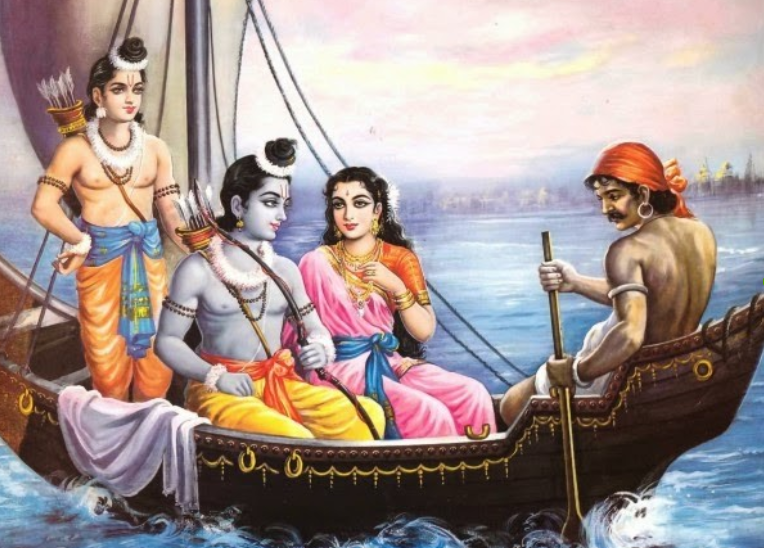
One of his boatmen, Kevat, was on the opposite bank. Guha asked him to come to the other side and help the three cross the river. Kevat arrived and requested Guha to let him wash Lord Rama’s feet before he could step onto the boat. When Guha refused, Kevat explained to Lord Rama: “I work as a boatman and I am able to earn just enough. I can’t afford to buy more boats. So, let me please wash your feet before you step into my boat.”
He added: “I have heard stories that once when dust from your feet embraced a stone in the forest, it turned into a woman. My boat is made of several pieces of wood and I am afraid that these pieces of wood will turn into several women as soon as you will step onto my boat. I can’t afford to feed any more family members.”
Lord Rama, amazed at his innocence, agreed. After washing their feet, Kevat asked Lord Rama to place his feet on his palm before stepping onto the boat as he wanted to wash away his sins by touching Lord Rama’s feet. Kevat then ferried them across. When they alighted from the boat, Sita immediately took off a ring from her finger and handed it over to Lord Rama, signalling him to pass it on to the boatman.
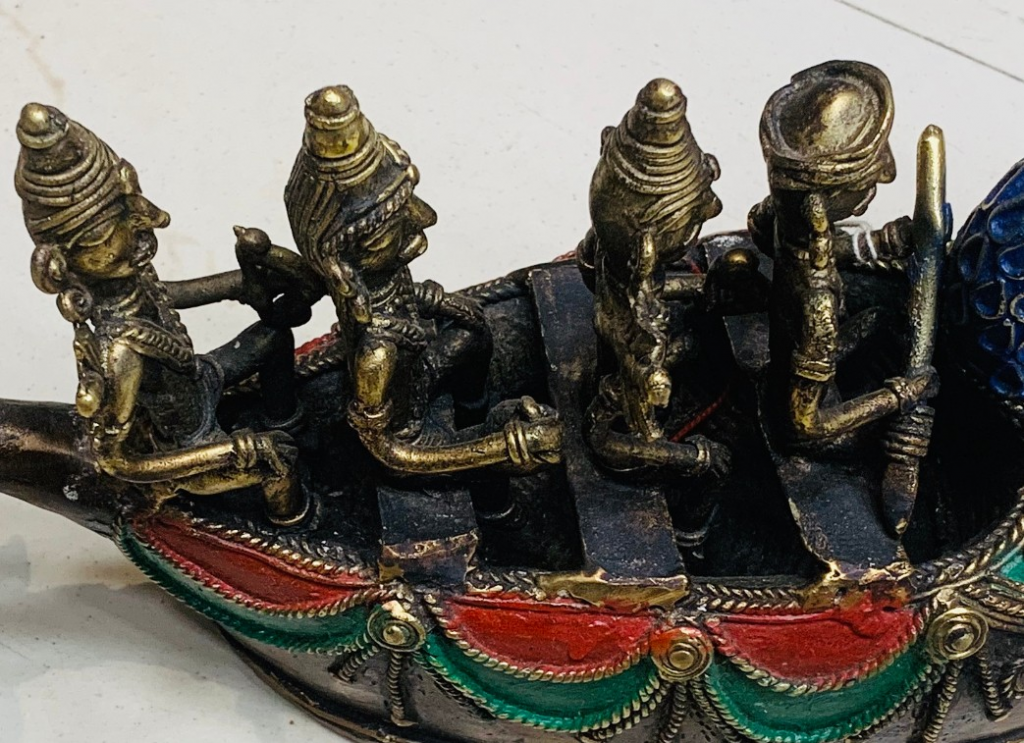
The boatman refused to take the ring even after Lord Rama insisted. The boatman finally said: “I can’t accept this ring as people from the same profession don’t charge each other for the services rendered. A barber will never take money from another barber …”
Lord Rama interrupted him and asked him how could they be in the same profession.
The boatman replied: “I ferry people in my boat from one bank to the other. You ferry people across the ocean of sansaar (journey of life). How can I accept payment from you? Just like I have helped you cross this river today, take me across the sansaar saagar (the ocean of material existence) when my time comes.”
Lord Rama was so overwhelmed that he embraced the boatman. When his time came, Lord Rama helped him cross the ‘ocean’ and granted him moksh from the material world.
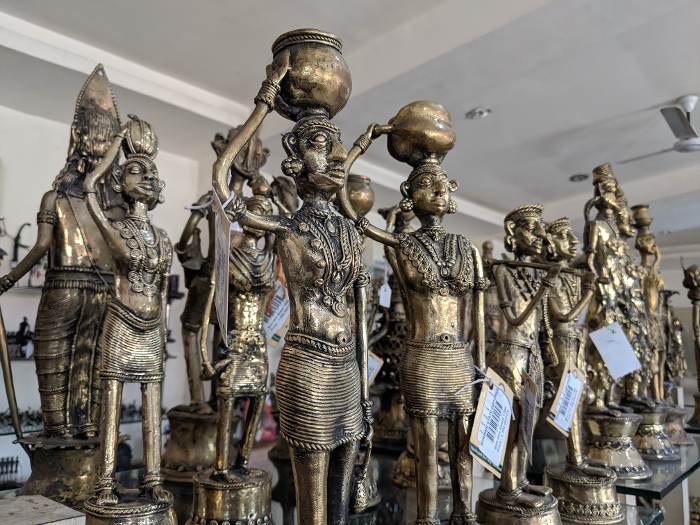
The lost wax-casting technique
The Dhokra (or Dokra) artform is a non–ferrous metal casting using the lost-wax casting technique. This sort of metal casting has been done in India for over 4,000 years and the tradition continues. One of the earliest lost-wax artifacts is that of the dancing girl of Mohenjo-daro. The products made by these artisans are in great demand, in India and abroad, for their simplicity, vibrancy and enchanting folk stories.
The horses, elephants, peacocks, owls, religious tales, measuring bowls and lamp caskets carved in the Dhokra art form are highly appreciated. The traces of lost wax technique for the casting of copper-based alloys were also found in China, Egypt, Malaysia, Nigeria, Central America, and other places.
Dhokra art and the talented tribe
Dhokra Damar tribes are the main traditional metalsmiths of central India. Their technique of lost wax casting is named after their tribe, hence Dhokra metal casting. The tribe extends from Jharkhand to West Bengal and Orissa; members are distant cousins of original natives of the Chhattisgarh Dhokras. A few hundred years ago, the Dhokras of Central and Eastern India travelled South as far as to Kerala, and North, as far as to Rajasthan, and hence are now found all over India.
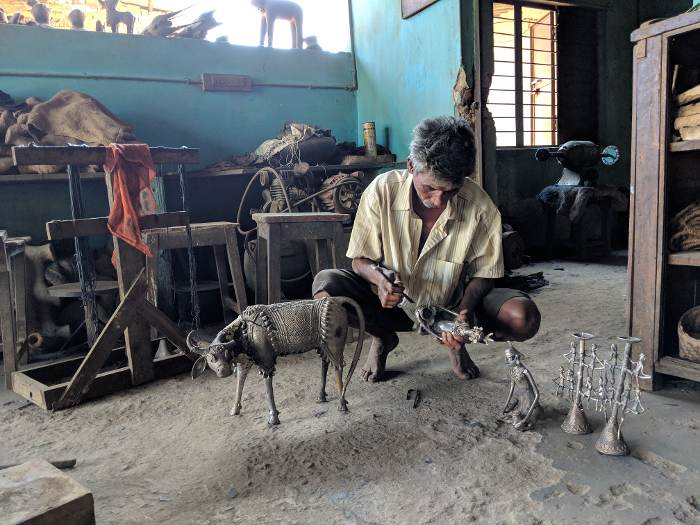
The process of making Dhokra artifacts
There are two main processes of lost wax casting — solid casting and hollow casting. While the former is predominant in the South of India, the latter is more common in Central and Eastern India. Solid casting does not use a clay core, but instead a solid piece of wax to create the mould; hollow casting is the more traditional method and uses the clay core. The process in steps is as under:
Step 1: The first step in the lost wax hollow casting process consists of developing a clay core which is roughly the shape of the final cast image.
Step 2: Next, the clay core is covered by a layer of wax composed of pure beeswax, resin from the tree Damara orientalis, and nut oil.
Step 3: The wax is then shaped and carved in all its finer details of design and decorations.
Step 4: It is then covered with layers of clay, which takes the negative form of the wax on the inside, thus becoming a mould for the metal that will be poured inside it.
Step 5: Drain ducts are left for the wax, which melts away when the clay is cooked.
Step 6: The wax is then replaced by the molten metal, often using brass scrap as basic raw material.
Step 7: The liquid metal poured in hardens between the core and the inner surface of the mould. The metal fills the mould and takes the same shape as the wax.
Step 8: The outer layer of clay is then chipped off and the metal icon is polished and finished as desired.
(Views are personal)
Harsh Pathak is a lawyer by profession and an amateur connoisseur of natural, historical and cultural heritage of Delhi.

